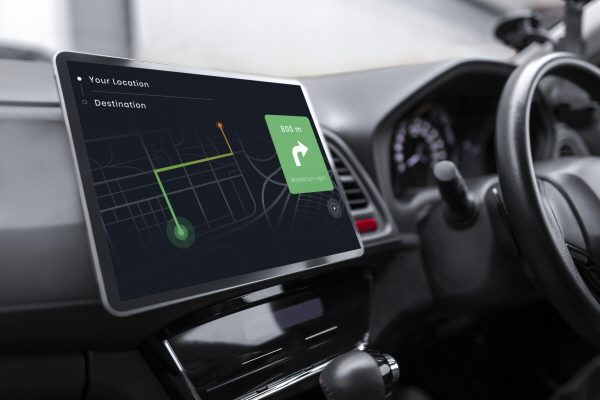트렌드포스가 자동차 패널 사용 증가에 따라 TDDI 아키텍처의 도입과 활용도가 큰 폭으로 증가할 것으로 내다봤다.
 車 패널 드라이버 IC 성장 주목
車 패널 드라이버 IC 성장 주목
TDDI, IC 사용량 ↓·비용 최적화
자동차 패널 사용 증가에 따라 TDDI 아키텍처의 도입과 활용도가 큰 폭으로 증가할 것으로 전망됐다.
트렌드포스는 지난달 보고서에서 TDDI(Touch and Display Driver Integration)를 신규 디자인에 적용하는 사례가 점차 늘고 있어 시장점유율이 지속적으로 높아지고 있다고 전했다.
트렌드포스는 자동차 패널의 출하량이 2023년 2억개를 넘어 전년 대비 5.1% 성장한 약 2억500만 개에 달할 것으로 예측하며 2023년 TDDI 출하량을 2022년 2,400만개 대비 54% 증가한 3,800만개로 전망했다.
이 보고서는 자동차 패널의 사용이 증가함에 따라 자동차 패널 드라이버 IC의 성장이 각광을 받고 있다는 내용이 담겼으며 터치 및 드라이브 기능을 통합하여 IC 사용량을 줄이고 전체 비용을 최적화할 수 있는 TDDI의 성장에 주목했다.
이는 자동차 제조업체 및 Tier 1 공급업체의 공급망 관리를 단순화하며 TDDI를 탑재한 패널은 내장형 터치(In-Cell) 디자인을 채택해 기존의 추가형 터치 모듈에 비해 우수한 광학 성능을 지니고 있다.
현재 개발 중인 대부분의 신차 모델은 TDDI 아키텍처를 채택하여 그 활용도가 더욱 높아질 것으로 예상된다.
트렌드포스는 Himax를 자동차 TDDI 시장에서 주목할 만한 IC 디자인 하우스로 꼽으며 회사의 초기 진입과 현장 경험을 바탕으로 Tier 1 공급업체 및 자동차 제조업체로부터 높은 수준의 신뢰를 얻었다고 평가했다.
또한 Synaptics와 FocalTech도 자동차 TDDI 시장에 일찍 진출하여 각각 일본과 중국 자동차 제조업체의 TDDI 공급망에서 자리를 확보한 점에서 핵심 업체로 인식되고 있다.
진입이 늦었으나 LX-Semicon, Raydium 및 Novatek을 비롯한 패널 제조업체와 협력하여 신제품을 출시하기 시작했다.
검증 프로세스가 순조롭게 진행된다면 이들 회사도 향후 상당한 성장을 이룰 수 있을 것으로 기대된다.
트렌드포스는 자동차 패널이 점차 커지면서 자동차 TDDI의 성장에 도움이 될 것이라고 예측했다.
또한 IC 디자인 하우스는 비용 절감을 고려하고 있으며 패널 크기가 30인치를 초과함에 따라 패널 제조업체는 대형 터치 및 디스플레이 드라이버 통합(LTDI)으로 전환할 것으로 예상된다.
트렌드포스는 다양한 IC 디자인 하우스가 제품 개발과 시장 진입에 나서고 있으나 높은 수준의 신뢰성과 안전성을 요구되어 진입 장벽에 대한 우려도 표했다.
특히 유럽, 미국, 일본의 전통적인 자동차 제조업체는 공급망에 대한 진입 장벽이 높다.
트렌드포스는 AEC-Q100 및 ISO26262와 같은 자동차 사양을 준수해야 하며 검증 시간은 종종 2~3년에 이르기에 공급망 진입 시 상당한 자원을 투입해야 할 것으로 보인다고 전했다.
